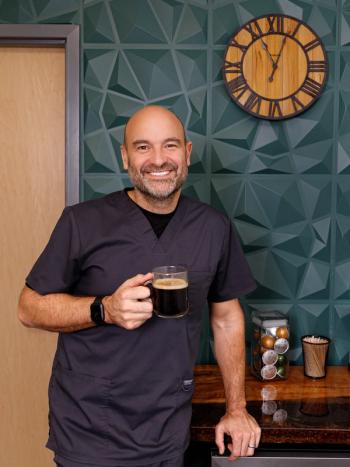
Going Solo: One Physician’s Success Story
One doctor is finding success in a seemingly rare place in healthcare: As someone who became a solo doc. She explains how in this blog.
“Who knew that starting your own business would be so easy?”
The incredulous look I gave my husband prompted him to go further, “Oh, it’s a lot of work, but I didn’t know there would be this steady stream of patients so soon. You are seeing less patients than you had in your business plan, but you are bringing in more than you thought you would.”
Let’s dissect this for a moment. I did a lot research long before venturing forth and leaving the security of being an employed physician. I went to seminars, read books and articles, talked to people in private practice. I needed to learn the business side of medicine, something they never taught us in medical school or residency, or while you are employed for that matter.
I made darn sure I understood what it would take and what the risks were. I gave up a lot to go solo. I gave up good benefits and a nice retirement plan; the freedom to go on vacation and not worry about the office; the security of a biweekly paycheck; and I also took on a lot of responsibility -not just for myself but for my staff, too. I have to think about their benefits, time off, and salaries. Being a solo doc means thinking about the office every day, no matter where I am.
When I created my business plan, I had intended to see patients eight hours a day, five days a week, and 15 minutes per follow-up visit. I had failed to leave time for hospital rounds and the myriad of other tasks that need to be done. In reality, I see office patients about 30 hours a week instead of 40, cherish the occasional no-show, and spend between five hours and ten hours a week seeing patients in the hospital and another ten hours or so on the phone, filling out forms and performing administrative tasks. That is, unless there is a meeting at the hospital I have to attend, which generally means blocking an hour or two that would otherwise be devoted to seeing patients. So what would have been between 28 patients and 32 patients a day, is really more like 18 to 20 in the office and a handful in the hospital. I also did not account for the handful of procedures that we do in the office, which make up for some of the volume.
I also erred on the side of caution when I was planning, and estimated revenue based on the worst payer at my old office. Fortunately, that payer is not our most common one, so gross revenue is better than I had planned.
There were also some expenses I underestimated and some I overestimated. I thought I would be spending more on supplies, but I was able to find some good vendors and we don’t really use much. I underestimated the cost for the various insurance policies and completely did not take retirement plans into consideration.
I am so very glad that my venture into independence did not lead to my family’s financial ruin and that my husband doesn’t rue the day that I decided to strike out on my own. It has been a lot of hard work and sacrifices certainly have been made, but I’d like to think that it’s been a success.
Newsletter
Optimize your practice with the Physicians Practice newsletter, offering management pearls, leadership tips, and business strategies tailored for practice administrators and physicians of any specialty.








